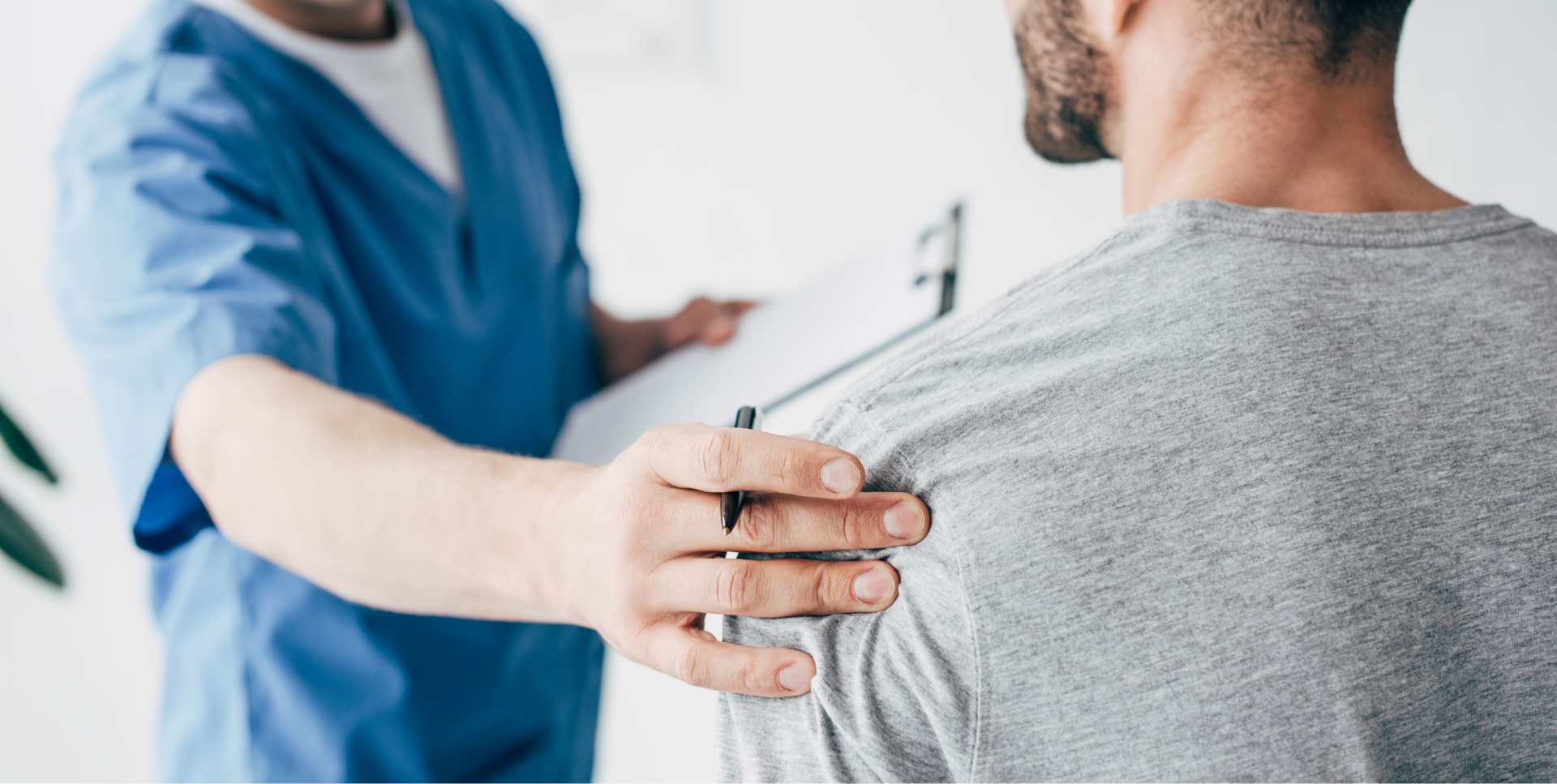
You reach overhead, and your shoulder suddenly pulls or aches more than usual
You lift a bag. Reach for a shelf. Something tugs. A small pinch. Then a dull ache. That’s how many rotator cuff injuries begin. Not from trauma—but repetition. Microstrains build silently. Then one day, the shoulder says no.
You try to sleep, but lying on one side brings burning discomfort
Night feels longer. One position hurts. You shift. The pain returns. Especially when lying on the injured shoulder. That burning is common. It signals irritation in the tendon. Not constant—but persistent enough to wake you.
You notice weakness when lifting everyday objects, even if they aren’t heavy
You pick up a kettle. A light box. It feels heavier than it should. Not because of weight—but because something’s missing. That’s strength. The tendon isn’t working properly. The muscle isn’t firing right. You adjust without realizing.
You feel clicking or popping when rotating your arm outward or inward
The sound wasn’t there before. Now your shoulder clicks. Pops. Sometimes painful. Sometimes not. It’s mechanical. A tendon rubbing or snapping over bone. Or a slight misalignment. The shoulder speaks through noise before it screams through pain.
You visit a doctor, and the physical exam reproduces your pain with specific movements
They move your arm. Gently. Then push. Pain returns. Predictably. That’s classic for cuff injuries. The doctor isolates the muscle. Tests resistance. You feel the same strain you’ve been ignoring. But now it’s confirmed.
You get an MRI, and the scan shows inflammation or a partial tear in the tendon
It’s not fully torn. But it’s angry. Inflamed. Swollen. That’s a partial tear. Or tendinosis. A step before rupture. Still fixable. Still reversible. But not to be left alone. The scan doesn’t lie. Neither does the pain.
You start physical therapy, and small targeted exercises begin to rebuild control
Wall crawls. Bands. External rotation drills. Boring. Precise. But necessary. They retrain the cuff to stabilize. Strengthen. Move again without friction. It’s not about bulk. It’s about balance. Therapy helps the shoulder unlearn its fear.
You ice the area, not to cure, but to calm the inflammation that follows use
Fifteen minutes. Maybe twice a day. Ice isn’t magic—but it helps. Reduces swelling. Numbs pain. Especially after therapy or long activity. It’s simple care. Consistent. Noninvasive. Often forgotten—but quietly effective.
You take anti-inflammatory medication, but know it’s for relief—not repair
It helps. The ache softens. But the tendon stays irritated underneath. NSAIDs reduce symptoms—not causes. Use them smartly. Not endlessly. Pain-free isn’t the same as healed. Don’t confuse quiet for closure.
You receive a cortisone shot, and feel immediate relief—but also a temporary window
The pain fades quickly. You move better. But it’s not a fix. It’s a pause. A window for therapy. A chance to stretch, strengthen, without pain blocking the way. Repeated shots carry risk. One or two—maybe. Beyond that, caution speaks louder.
You try platelet-rich plasma injections, hoping to speed healing without surgery
They draw your blood. Spin it. Re-inject it. Platelets stimulate healing. The evidence is mixed. Some patients improve. Others see no change. PRP is about patience. And trying alternatives before cutting.
You consider surgery when motion remains limited and pain no longer improves
You gave it time. Tried therapy. Injections. Nothing worked. That’s when surgery enters. For full tears. Or stubborn partial ones. Especially if weakness affects daily life. Surgery isn’t immediate—but it’s a reset.
You undergo arthroscopic repair, and recovery starts with stillness before rebuilding
Three small incisions. Anchors. Sutures. Then a sling. For weeks. No movement. Then passive range. Then active. Then resistance. The process takes months. Patience is the hardest muscle to train.
You rebuild strength slowly, learning to trust motion again, one controlled lift at a time
The shoulder stiffens first. Then loosens. Movement returns. Pain fades. But trust takes longest. You lift a bottle. A bag. Finally a weight. The shoulder remembers. Learns. Adapts. Function returns—not fast, but fully.
